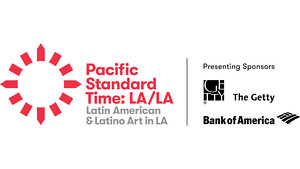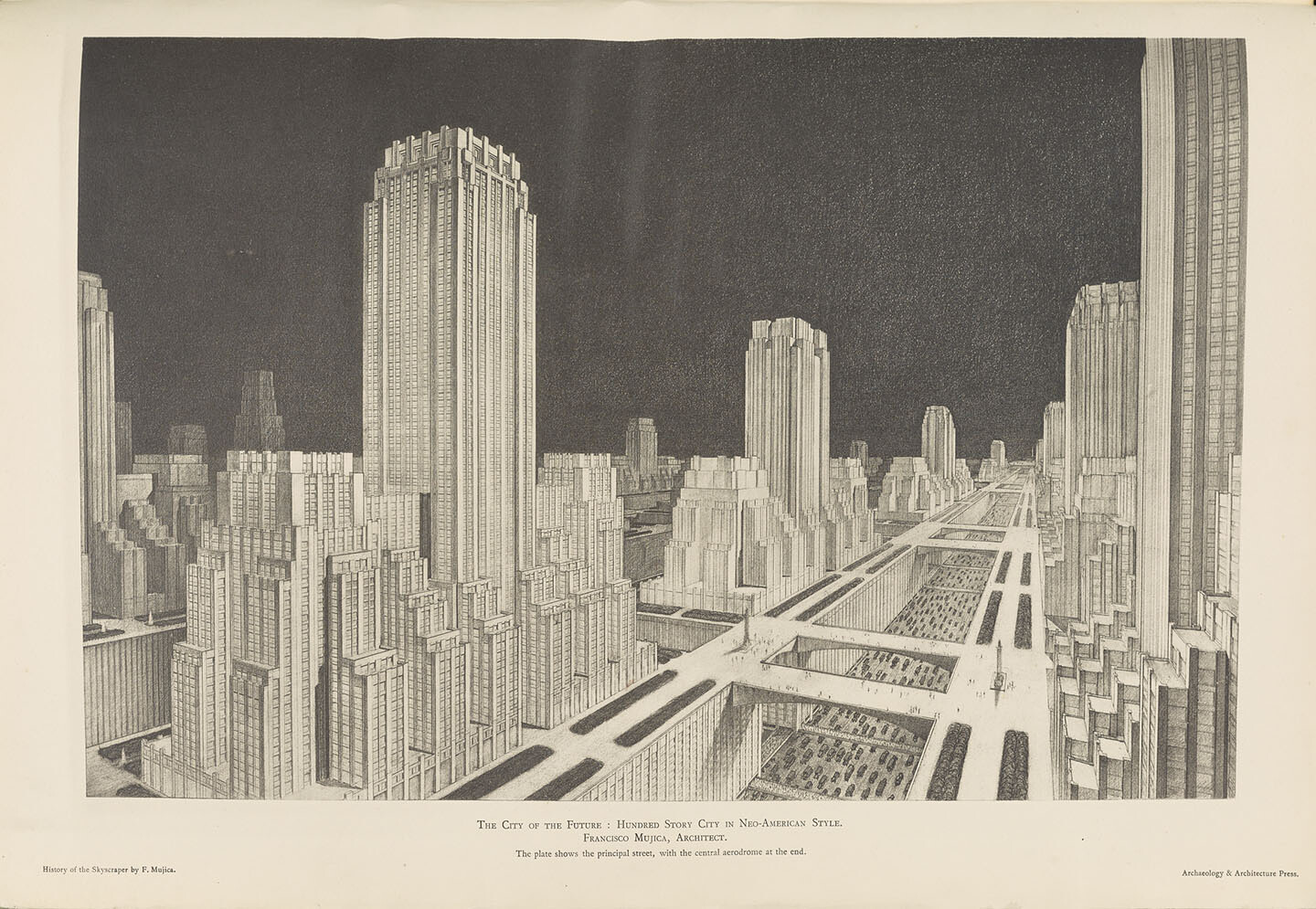September 16, 2017–January 7, 2018
Over the course of a century of rapid urban growth, sociopolitical upheavals and cultural transitions reshaped the architectural landscapes of major cities in Latin America. On view at the Getty Research Institute September 16, 2017, through January 7, 2018, The Metropolis in Latin America, 1830-1930 explores the transformation of six Latin American capitals: Buenos Aires, Havana, Lima, Mexico City, Rio de Janeiro, and Santiago de Chile.
“The Metropolis in Latin America draws on our collections and curator expertise, in two areas: photography and architecture,” said Thomas W. Gaehtgens, director of the Getty Research Institute. “The intersection of these two fields makes it possible to trace the unique development of major metropoles in Latin America and how those cities were influenced by cultural and social changes and in turn how they influenced city planning and design elsewhere in world.”
The exhibition presents the colonial city as a terrain shaped by Spanish Imperial urban regulations, and the republican city as an arena of negotiation of previously imposed and newly imported models, later challenged by waves of indigenous revivals. Photographs, prints, plans, and maps from the Getty Research Institute’s collections depict the urban impact of key societal and economic transformations, including the emergence of a bourgeois elite, extensive infrastructure projects, rapid industrialization and commercialization.
“Following independence, Latin Americans had an urgent desire to break with the colonial past. This desire was expressed through architecture and urban planning, among other ways,” said exhibition co-curator Maristella Casciato. “Over a time of intense growth and social change, cities began to reshape themselves, removing or diminishing the power of colonial symbols through the construction of new civic buildings. As Latin American metropoles became dramatically reconfigured, these cities also became experimental laboratories where scientific planning mingled with natural environment to create forward looking approached to city planning.”
Until about 1850, cities in Latin America maintained most of their colonial structures. The eventual adoption of modern architectural repertoires fostered the removal of symbols of colonial power and the construction of new civic buildings emphasizing each country’s own new self-view. By the later part of the 19th century significant changes, including massive migration to cities and the beginning of local industrialization, resulted in new urban development. In major cities, such as Buenos Aires, Mexico City, and Rio de Janeiro, a fascination with the Parisian grands travaux (great works) of the second French empire resulted in the adoption of European planning models. Radial networks of avenues, as well as new parkways, public parks, and botanical gardens transformed cities. However, the legacy of the colonial city was still visible. For example, the civic plaza still remained the cultural center of many cities, as it had in the colonial era.
In the 1910s, grand celebrations across Latin America marked 100 years of independence. These commemorations, which coincided with the end of World War I and a significant increase in immigration from Europe, sparked a reconsideration of national identity. Architects, planners, and politicians initiated a return to local architectural traditions, eschewing European influence for neo-colonial and neo pre-Hispanic styles. Later, a new generation of Latin American designers imagined utopian visions of the metropolis in modern ways.
The exhibition also addresses the influence that the architecture of Southern California had on design in Latin American and vice versa. In Southern California a cultural trend drew on an idealized historical past to create a new hybridized architectural identity, resulting in the popular Mission and Spanish revival styles, both born in the region. These styles came to represent a trend, which rapidly disseminated throughout Latin America becoming part of a new vernacular vocabulary.
Meanwhile, the reverse also happened. The growing popularity of pre-Hispanic exhibits at world’s fairs and the modern study of the archaeology of pre-Hispanic cultures resulted in the emergence of a Mayan revival architectural style in the work of seminal architects such as Frank Lloyd Wright (1867–1959), his son Lloyd Wright (1890–1978), and Robert Stacy-Judd (1884–1975).
“During the 16th century and for the next three centuries, town planning became a key tool for the colonial enterprise guiding the development of commercially functional and militarily strategic cities,” said Idurre Alonso, co-curator of the exhibition. “This exhibition traces the changes of six major capitals as independence, industry, and exchange of ideas altered their built environments and eventually transformed them into newly monumental, modernmetropoles.”
The Metropolis in Latin America, 1830-1950 is curated by Maristella Casciato, curator of architecture at the Getty Research Institute, and Idurre Alonso, associate curator of Latin American collections at the Getty Research Institute.
Opening September 15, 2017, Pacific Standard Time: LA/LA is a far-reaching and ambitious exploration of Latin American and Latino art in dialogue with Los Angeles. Led by the Getty, Pacific Standard Time: LA/LA is the latest collaborative effort from arts institutions across Southern California, featuring more than 70 exhibitions exploring wide-ranging aspects of Latin American and Latino arts and culture.
The J. Paul Getty Trust is an international cultural and philanthropic institution devoted to the visual arts that includes the J. Paul Getty Museum, the Getty Research Institute, the Getty Conservation Institute, and the Getty Foundation. The J. Paul Getty Trust and Getty programs serve a varied audience from two locations: the Getty Center in Los Angeles and the Getty Villa in Pacific Palisades.
The Getty Research Institute is an operating program of the J. Paul Getty Trust. It serves education in the broadest sense by increasing knowledge and understanding about art and its history through advanced research. The Research Institute provides intellectual leadership through its research, exhibition, and publication programs and provides service to a wide range of scholars worldwide through residencies, fellowships, online resources, and a Research Library. The Research Library—housed in the 201,000-square-foot Research Institute building designed by Richard Meier—is one of the largest art and architecture libraries in the world. The general library collections (secondary sources) include almost 900,000 volumes of books, periodicals, and auction catalogues encompassing the history of Western art and related fields in the humanities. The Research Library’s special collections include rare books, artists’ journals, sketchbooks, architectural drawings and models, photographs, and archival materials.
Media contact
Amy Hood, Getty Communications
T (310) 440 6427 / ahood [at] getty.edu


